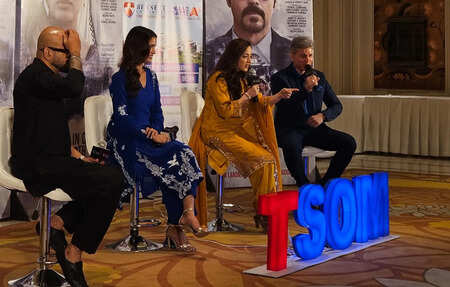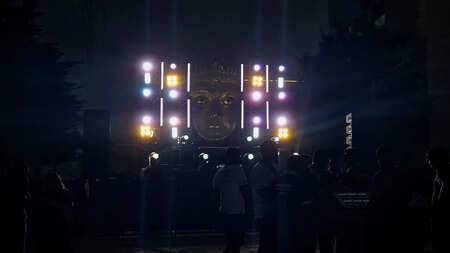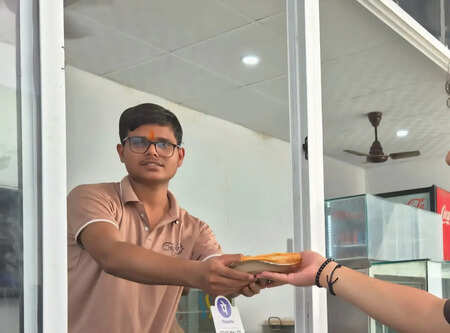Fitness in Ancient India
Times of Bennett | Updated: Apr 12, 2023 19:32

By Ubaid Arora
Physical fitness has always been an important aspect ofIndia n culture, and the history of fitness in ancient India can be traced back to the Vedic era, which dates back to around 1500 BCE .
In the Vedic era, fitness and physical strength were highly valued, as evidenced by the emphasis placed on physical training in the Vedas, which are a collection of Hindu scriptures. Physical activities such as archery, wrestling, and horse riding were considered essential skills for warriors and soldiers.
During the Maurya dynasty (321BCE - 185 BCE) :
The famous ruler Ashoka promoted physical fitness and encouraged his subjects to engage in sports and other physical activities. This era also saw the development of martial arts such as Kalaripayattu, which is still practiced in India today.
The Gupta dynasty (320 CE - 550 CE):
It is considered the golden age of Indian physical culture, as it saw the development ofyoga and Ayurveda , which are still widely practiced today. The famous treatise on yoga , the Yoga Sutras of Patanjali, was written during this period.
The Mughal era (1526 CE - 1857 CE)
The development of Persian and Turkish influence in Indian physical culture. The Mughals were known for their love of physical activities such as wrestling, polo, and archery.
During the British colonial period (1858 CE - 1947 CE):
The emphasis on physical fitness shifted towards a more European style of fitness, with the introduction of sports such as cricket, football, and hockey. However, traditional Indian forms of fitness such as yoga andAyurveda continued to be practised alongside these newer forms of fitness.
Today, India has a rich tradition of physical fitness, with a wide variety of traditional and modern forms of exercise and sport practiced throughout the country. Yoga and Ayurveda continue to be popular forms of fitness, alongside newer forms such as aerobics, weightlifting, and martial arts.
Physical fitness has always been an important aspect of
In the Vedic era, fitness and physical strength were highly valued, as evidenced by the emphasis placed on physical training in the Vedas, which are a collection of Hindu scriptures. Physical activities such as archery, wrestling, and horse riding were considered essential skills for warriors and soldiers.
During the Maurya dynasty (321
The famous ruler Ashoka promoted physical fitness and encouraged his subjects to engage in sports and other physical activities. This era also saw the development of martial arts such as Kalaripayattu, which is still practiced in India today.
The Gupta dynasty (320 CE - 550 CE):
It is considered the golden age of Indian physical culture, as it saw the development of
The Mughal era (1526 CE - 1857 CE)
The development of Persian and Turkish influence in Indian physical culture. The Mughals were known for their love of physical activities such as wrestling, polo, and archery.
During the British colonial period (1858 CE - 1947 CE):
The emphasis on physical fitness shifted towards a more European style of fitness, with the introduction of sports such as cricket, football, and hockey. However, traditional Indian forms of fitness such as yoga and
Today, India has a rich tradition of physical fitness, with a wide variety of traditional and modern forms of exercise and sport practiced throughout the country. Yoga and Ayurveda continue to be popular forms of fitness, alongside newer forms such as aerobics, weightlifting, and martial arts.







